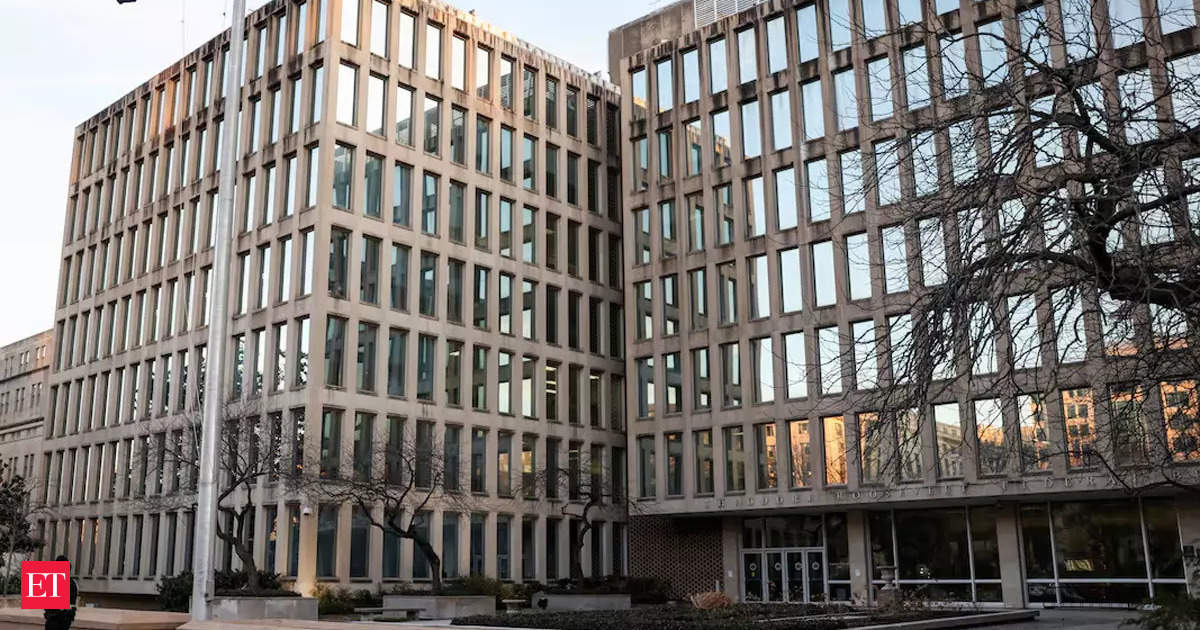The Reserve Bank of India (RBI) has recently announced measures to tighten lending rules for banks, aiming to curb excess lending and reduce the risk of asset quality deterioration. This move comes as a timely decision as concerns about the health of India’s banking sector and rising bad loans have been mounting. By tightening the lending norms, the RBI aims to ensure that banks adopt a cautious approach while extending credit, thus safeguarding the stability of the financial system.
The RBI has introduced various measures to achieve this goal. Firstly, it has restricted banks from opening current accounts for customers availing credit facilities from other banks. This measure is aimed at preventing multiple banking arrangements and improving monitoring of cash flows. Secondly, the RBI has imposed stricter norms for loans given to directors and relatives of bank owners. Thirdly, it has asked banks to step up their due-diligence process in assessing the risk associated with big-ticket loans. Additionally, the RBI has emphasized the need for banks to strengthen their internal credit risk assessment processes and adopt better risk management practices.
This decision by the RBI is significant as it comes at a time when India’s banking sector is grappling with rising non-performing assets (NPAs) and weak credit growth. Non-performing assets have been a major concern for the Indian banking system, with high levels of bad loans eroding the profitability and capital base of banks. By tightening lending norms, the RBI aims to reduce the accumulation of bad loans and improve asset quality.
Furthermore, this move is expected to have a positive impact on the overall health of the financial system. Tighter lending norms will instill discipline among banks and promote responsible lending practices. It will discourage reckless lending and ensure that borrowers are thoroughly evaluated before loans are extended to them. This will contribute to the stability and sustainability of the banking sector in the long run.
However, there are concerns that this move may lead to a slowdown in credit growth. With the economy already grappling with the impact of the COVID-19 pandemic, a further decline in credit growth could hamper economic recovery. It remains to be seen how banks and borrowers will adapt to the tightened lending norms and what impact it will have on the overall lending landscape.
In conclusion, the Reserve Bank of India’s decision to tighten lending rules is a timely move for the Indian economy. By curbing excess lending and improving risk management practices, this move aims to address the concerns regarding the health of India’s banking sector and rising bad loans. While it may temporarily impact credit growth, it is a necessary step towards ensuring the stability and sustainability of the financial system.











